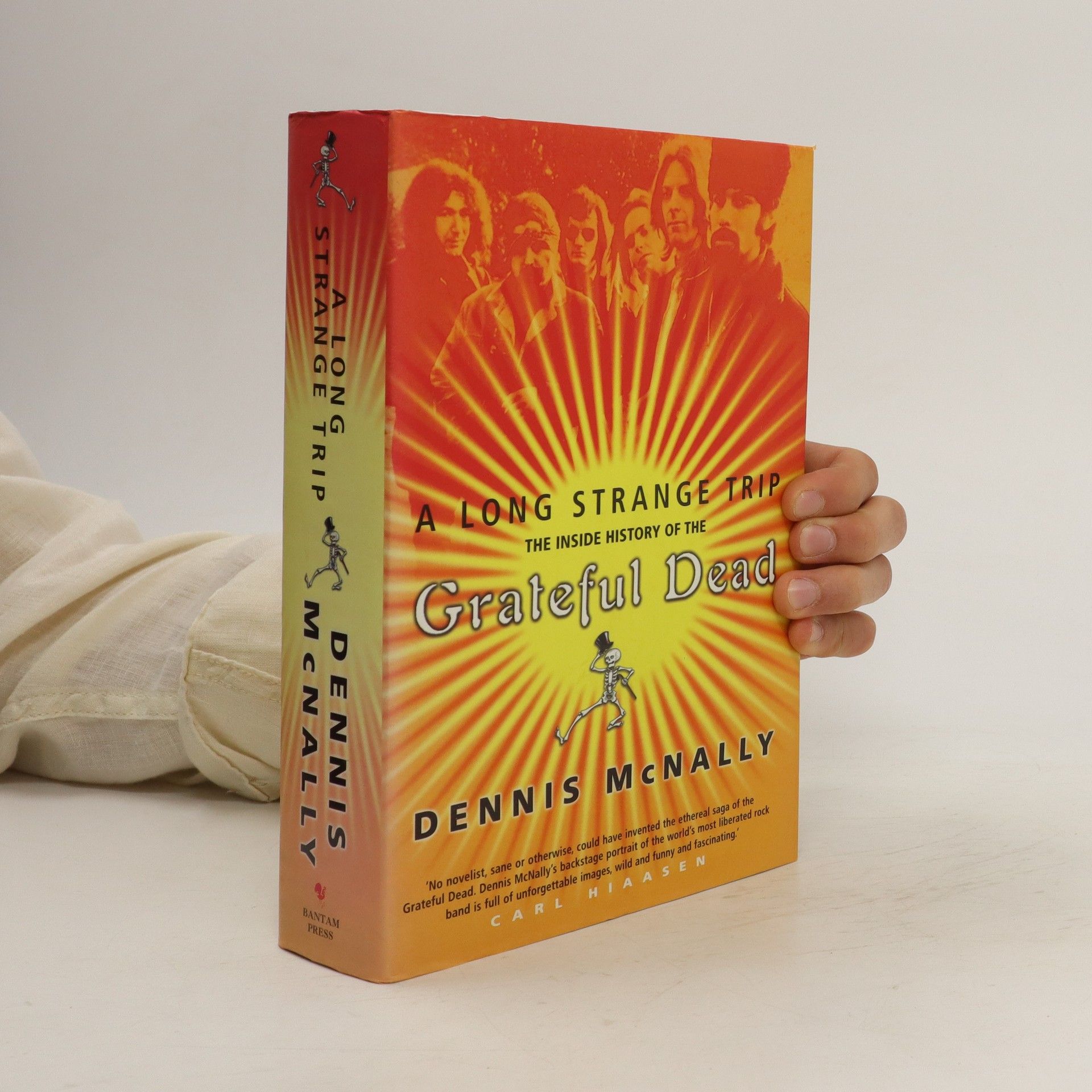A Long Strange Trip
- 389 pages
- 14 hours of reading
The Grateful Dead were one of the most fascinating rock bands and cultural phenomena of the 20th century. Despite having few mainstream or Top 40 hits, over the 30 years of their history they acquired a dedicated following of fans, known as Deadheads, mostly through their live performances. Known for their creative use of narcotics, and of course for their inspired musical experiments with its long improvisations, fusing blues, folk, and country, the Grateful Dead were more than just a fun-loving rock band; they were more like a religion or a cult.

